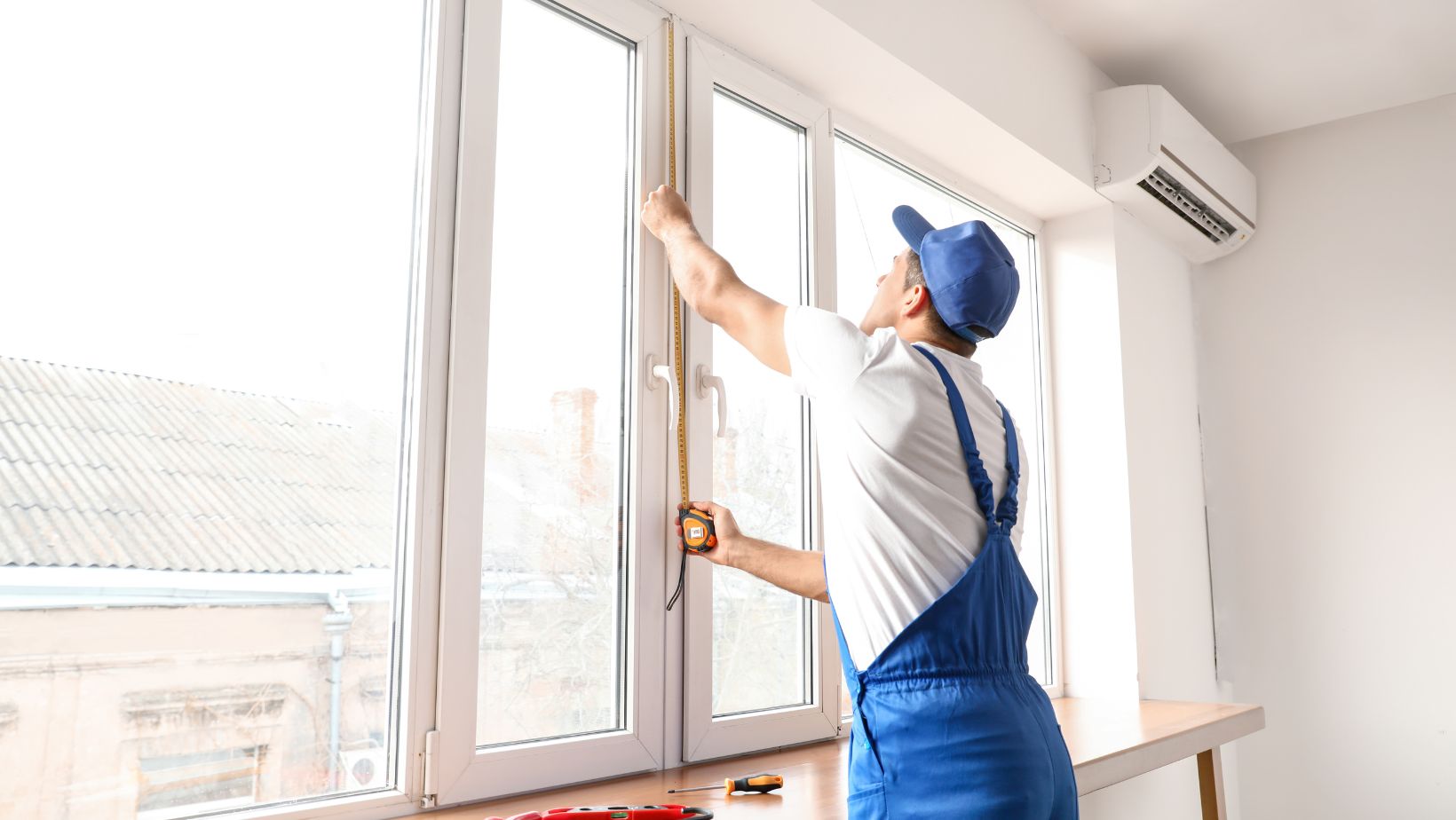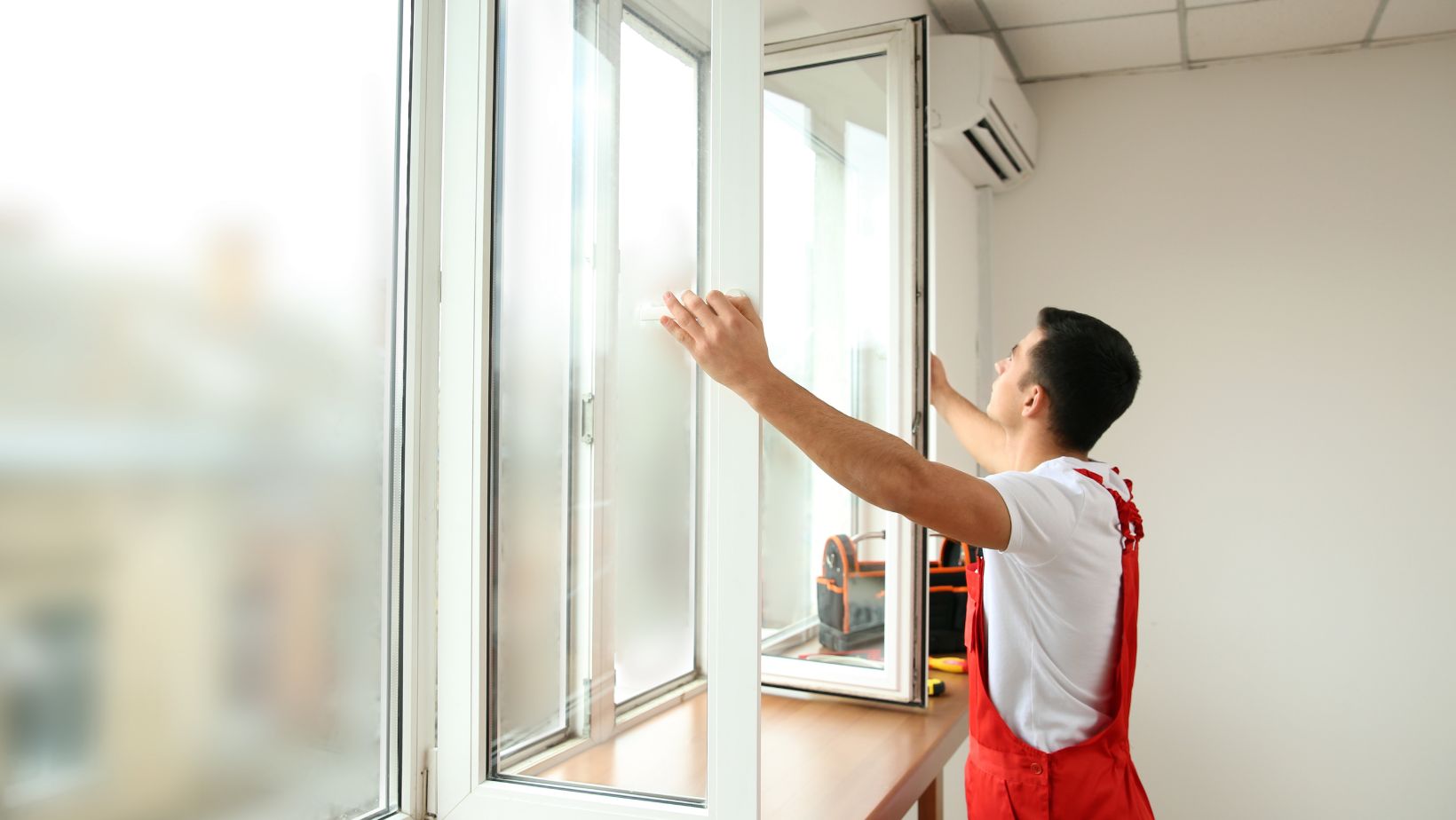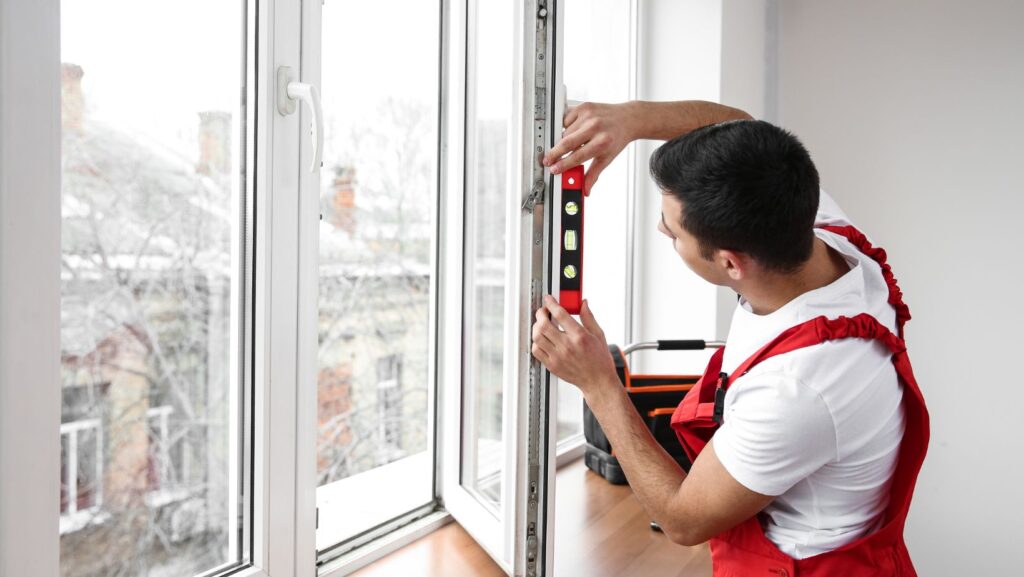Upgrading your windows can improve your home’s energy efficiency, appearance, and comfort. When choosing a professional installation, it’s natural to wonder what the process involves. A well-done job is more than just swapping old windows for new ones. It’s a detailed, step-by-step procedure that requires attention to fit, insulation, weatherproofing, and final presentation. The goal is a smooth transition with minimal disruption to your household routine. We will explore what you can expect during a professional window installation process from start to finish.
Contents
Table of Contents
ToggleExpectations of a Professional Window Installation Process
-
Preparing the Site and Protecting the Home
Before the installation begins, the crew will arrive with all the tools, materials, and equipment needed to complete the job efficiently. Their first step is to prepare the work area. This includes clearing away furniture near the windows and covering nearby surfaces to protect them from dust or debris. Inside the home, plastic sheets or drop cloths are often used to safeguard flooring and furniture. Outside, any plants, patio furniture, or outdoor items close to the window will be carefully moved or covered. Installers may also place barriers to block off the workspace and ensure safety for everyone in the house. The crew will double-check the window sizes against the openings to ensure each one is matched correctly.
They will also do a walkthrough of the installation plan with the homeowner to confirm the order in which windows will be replaced and address any last-minute questions. The removal process starts with care in homes where old windows are being replaced. Trim pieces are removed gently, and the old window is extracted without causing damage to the surrounding structure. This project phase is crucial because any flaws in the wall frame or signs of rot must be addressed before the new window. A reputable team will take the time to inspect these openings and make any minor repairs or adjustments needed to ensure a solid and secure fit for the new unit. Proper preparation ensures the window installation goes smoothly and the new windows perform as expected.
-
Installing the New Windows and Ensuring Proper Fit
The new unit will be placed once the old window is removed and the opening has been prepared. This part of the process may seem simple, but getting a window to sit perfectly requires precision and care. Each window is leveled, squared, and checked for plumb—meaning it is vertically straight. Shims are used to make micro-adjustments so that the window sits evenly within the frame. If a window isn’t level, it can affect how the sash operates, how well it seals, and even how it looks inside and outside.

After the unit is correctly positioned, it’s anchored into the framing using screws or fasteners appropriate for the material and design of the window. The installer will then test the window’s operation by opening and closing it several times, ensuring it moves smoothly and locks securely. This is also when adjustments are made to ensure proper alignment with screens or accessories.
Once secured, the gaps around the window are filled with insulating foam to prevent drafts and improve energy performance. Foam expands slightly and must be applied carefully to avoid bowing the window frame. This insulation step is one of the most critical aspects of the installation process, as it prevents heat loss and keeps outside elements from infiltrating the home. On the exterior, flashing tape and sealants are applied to make the window weather-resistant. These materials are a barrier to rainwater, wind, and other environmental factors affecting the interior wall. Inside, caulking may seal gaps between the window and the interior trim, creating a finished appearance. Once the installation is complete, the team will reinstall or replace any trim or molding removed during the process, ensuring the final product looks seamless and blends with the rest of the home’s design.
Keeping Your New Windows Sparkling
Now that your new windows are securely in place and properly sealed, keeping them in top shape becomes the next priority. Clean, well-maintained windows not only enhance your home’s appearance but also help maximize natural light and visibility. Over time, dust, water spots, and environmental buildup can dull the glass and affect how your windows perform. That’s why many homeowners turn to professional window cleaning services. Expert cleaners use the right tools and techniques to remove stubborn residue without scratching the glass or damaging surrounding seals. Regular cleanings can also help you spot any early issues—like worn caulking or failed seals—before they turn into costly repairs. By keeping your windows clear and well-maintained, you extend the life of your investment and enjoy the full benefits of your new installation.
-
Final Inspection and Cleanup Process
After all the windows have been installed, the team thoroughly inspects their work. This includes checking each unit for proper function—ensuring they open, close, and lock as intended. The crew will confirm that all caulking and weatherproofing materials have been applied correctly and that insulation has filled the gaps around each window.

Any protective film on the glass is removed at this stage and cleaned so that homeowners can inspect their new views without obstruction. The installers will often take the time to walk the homeowner through each window, explaining how to operate locks, tilt-in features, or any built-in ventilation systems. They may also point out maintenance tips and provide information about the window warranty or product registration. Cleanup is a key part of the process. Installers will remove all debris, discarded packaging, and leftover materials from the site.
They’ll vacuum or sweep the work areas inside and out so that the home is returned to its original condition—or cleaner. Some homeowners are surprised by how little disruption a professional window installation company in Charlotte leaves behind. Even the old windows, frames, and glass are typically hauled away by the crew, leaving no extra burden on the homeowner to dispose of them. Depending on the number of windows replaced, the entire process might be completed in a single day or spread out over several. In either case, communication is maintained throughout, and a clear schedule helps minimize inconvenience. When the project wraps up, homeowners are left with properly installed, fully functioning windows that improve comfort, energy savings, and curb appeal—without the stress of managing the job.
Professional window installation is a thorough and carefully orchestrated process that ensures your new windows are secure, efficient, and long-lasting. From preparing the space and inspecting the openings to precise fitting and sealing, every step is handled with attention to detail. Knowing what to expect can help homeowners feel more confident about the work being done in their home and more appreciative of the comfort and efficiency their new windows will bring. The result is not just a visual improvement but a smart investment in the structure and performance of the home.

